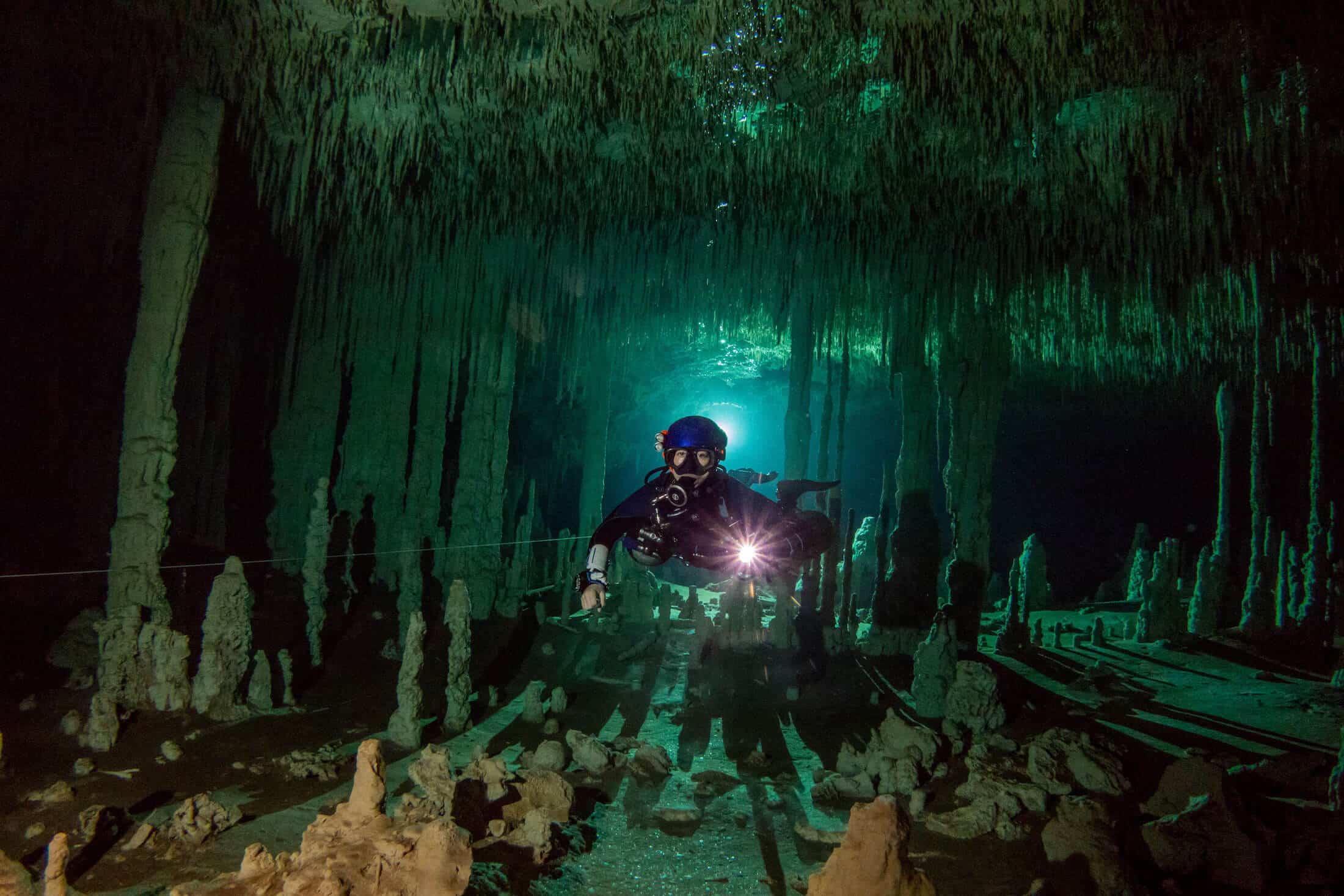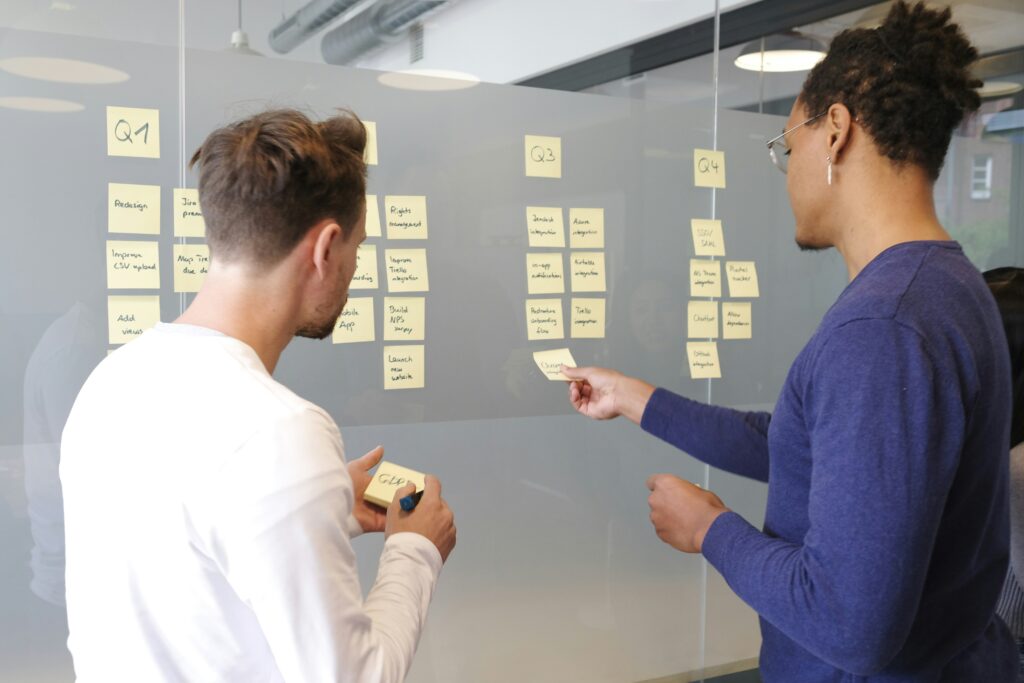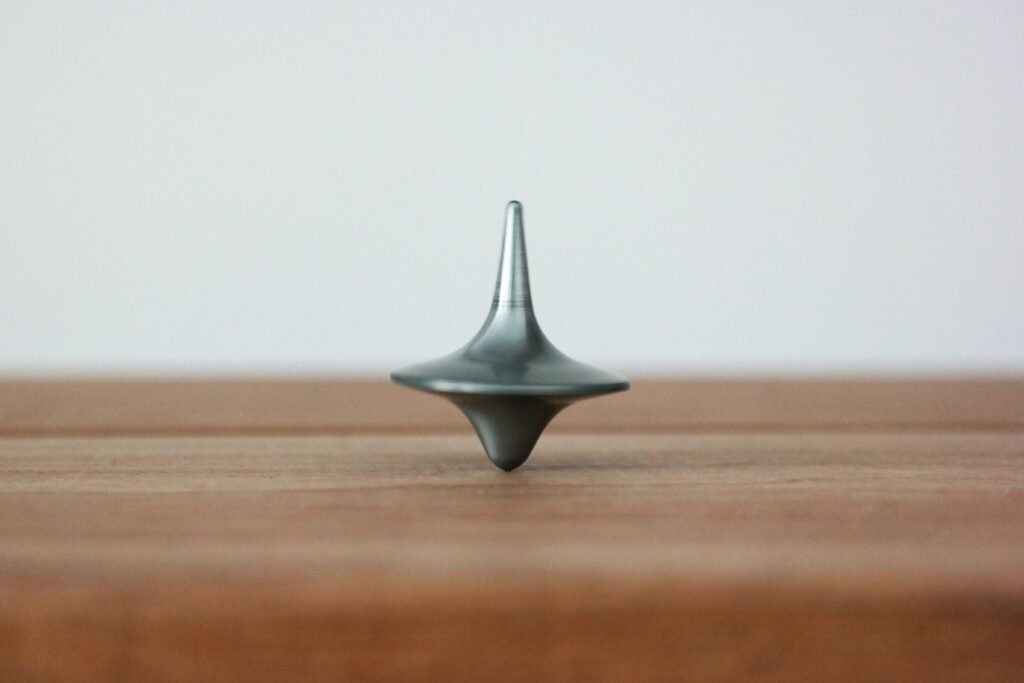After working in the product management space for a few years, I realized that I needed to take some classic product management advice and apply it to my own life—nothing good happens in a vacuum.
I’d been spending far too much time living strictly within the small bubble that was my comfort zone and not enough time exploring new things, things that truly challenged me and broadened my ways of thinking. Being a creature of habit, I knew I’d have to take drastic measures to break out of the bubble in which I lived. So, I told my landlord I was moving out of my rent-controlled apartment in Oakland, sold most of my possessions, and made my way to Quintana Roo, Mexico where I trained to become a cave diver. While it was the scariest thing I could think of doing at the time, to this day it is the best gift I have ever given myself.
I had to laugh when a former co-worker from California recently referred to me as the “navy seal version” of my old self upon hearing about some of my adventures under the Mexican jungle. Contrary to popular belief, cave diving is not a sport for adrenaline junkies or daredevils. Rather it’s a sport for people who like to think, explore, and solve problems. As I was pondering this one day while gliding weightlessly through the underground, it dawned on me that product management and cave diving actually have a lot in common. If you can think like a product manager, you can learn to think like a cave diver (and vice-versa).
Many lessons I’ve learned while cave diving can be applied directly to product management. Today I’d like to share a few of those lessons.
1. Never lose sight of objectives
Poor prioritization and lack of focus can and will kill you, which is why we must define and live by key objectives. In cave diving, that’s easy. Regardless of where you’re diving and who you’re with, the main objective for any dive remains the same: Get out of the cave alive. Product managers’ key objectives can vary far and wide based on industry, company stage, and business strategy, but the guiding objectives are simple. Build a product that generates profits, stands the test of time, and solves a problem worth solving.
All decisions we make in cave diving are made with our key objective in mind. We must constantly ask ourselves whether our actions, whether large or small, align with and support our objectives. Only when you can meet your core objective with 100% confidence should you accept the addition of potentially distracting secondary objectives such as underwater photography, survey, and exploration efforts. Safely prioritizing around objectives means maintaining an acute awareness of the impact of every decision we make.
In both product management and cave diving, meeting key objectives requires us to exhibit some serious focus and restraint in the face of temptation. For PMs, that temptation may come in the form of a “shiny object” feature idea that emerges during a roadmap planning meeting — of course you can build it, but is it the right thing to do right now? For cave divers it may come in the form of a mysterious unexplored passage you discover when nearing your turnaround pressure. Sure you can explore it, but given your objective and remaining gas supply, should you explore now or come back later with a new set of tanks? While something may be tempting in the moment, you must think critically about whether the timing is right, given all other factors. If it jeopardizes your key objective, simply don’t do it.
Tweet This:
“In both product management and cave diving, meeting key objectives requires us to exhibit some serious focus and restraint in the face of temptation.”
2. Stay cool and level-headed under stress
One of the marks of both properly trained cave divers and experienced product managers is being exceptionally good at making decisions under pressure.
In cave diving, every decision is made quite literally under pressure. For every 10 meters/30 feet of depth, the atmospheric pressure underwater doubles from that experienced at the surface. In the less literal sense, cave divers are keenly aware that a single bad decision while navigating, or a momentary lapse in judgement can have fatal consequences. We absolutely cannot allow stress and task-loading to blur our judgement.
Product managers are put under a great deal of pressure as well. At times it can seem like everyone around wants something from you. And surprise! They all want something different. Customers want you to improve your app’s sharing functionality. Stakeholders want you to build that new gizmo a key competitor just released. Sales is hounding you to build that feature they promised a huge prospect last week. Oh and they all need it, like…yesterday. Meanwhile, your inbox is overflowing, your performance review is approaching quickly, and suddenly your head is spinning because there is simply too much going on.
I’ll be first to admit, I am terrible at managing stress. However, through my cave diving training, I’ve been able to gain more effective tools for stress management. By far the most useful lesson I learned was when my instructor intentionally made several things go wrong at once and then closed the tank from which I was breathing. At first it felt like there were a million things that needed to be fixed RIGHT NOW. But as soon as I realized I could not breathe, I was forced to think critically and prioritize which fires to distinguish first. I realized in that moment that the only actual fire was the closed tank; the rest of the problems were simply minor annoyances that I could take my time solving.
When pressure is high, it’s easy to forget that (unless you can’t breathe) you have every right to hit pause for a moment so you can land on the most informed, thoughtful solution. If you’re stressed out, you’re more likely to make rash or foolish decisions. Consider this next time you’re sitting in the hot seat. Stop and think before you act. The extra moments, hours, or days you spend thinking, researching, and making educated decisions are far less costly than fatal errors.
3. Don’t be afraid to say no
I’ve learned hundreds of new words since moving to Mexico and picking up Spanish as well as a little bit of German. But regardless of what language I’m speaking, the most useful word I’ve learned to use here is one I should have mastered ages ago: “No.”
I used to be what you’d call a “yes person,” especially at work where I often would take on a heavier workload than I could manage. I was too afraid to say “no” to my bosses, or perhaps I didn’t know how to say no. Cave training has finally helped me break that habit. It helped me realize that it is my right to say no. And it taught me to be more thoughtful about where the intersection of “can” and “should” lies.
All (decent) cave divers abide by something we call “the golden rule,” which states that any diver can call any dive at any time for any reason with no questions asked. Of course, product managers who say “no” will most likely need to prepare some explanations. But it’s important to remember that as the strategic leader of your product, it is not just your right but also your duty to say “no” when it is warranted.
Some things are easier to say “no” to than others; these are things we simply cannot do, regardless of whether we want to or not. But beyond saying “no” to the many things we simply cannot do, we also need to learn that “can” and “should” are not one in the same.There are plenty of things we can do, but that doesn’t mean we should do them. We need to recognize this and act accordingly.
4. Be curious. But explore responsibly.
Curiosity can either be a cave diver’s best friend or their worst enemy. Without it, there would probably be far fewer cave divers out there, and there would definitely be significantly less explored caves in the world. If it weren’t for curiosity, the team of cave divers who recently connected Dos Ojos and Sac Actun cave systems to create the largest underwater cave system in the world wouldn’t have spent 10 months working on their vision.
The exploration aspect of cave diving and caving in general is perhaps one of the most exciting parts of the sport. Some exploration expeditions start with a hunch, while others are more spontaneous. In either case, exploration means getting your hands (literally) dirty with no guarantee that you’ll find what you’re looking for. Whether you find a dive-able cave or not, you should look at your efforts as a success because they teach you lessons that will inform your next expedition.
But exploring the unknown doesn’t come without risks. Underwater caves are hostile environments; places where human life is not meant to exist. With unexplored caves, you truly don’t know what you don’t know. And you often don’t know much more than what meets the eye at the surface. While venturing into an unexplored cave will always carry a certain amount of risk in itself, cave divers who live to tell their tales of exploration are keenly aware of what is at stake. They go to great lengths to minimize their risk as much as possible.
Product managers must take exploration seriously as well. There is no innovation without exploration and no exploration without some amount of risk. We can be more calculated about our risk by thoroughly researching before experimenting and designing. We also must be keenly aware of what is at stake at all times, and whether we are willing to face any associated risk. Sometimes we can’t simply dive right in to an experiment. Instead we must test things little by little until we have enough information to confirm that an experiment presents limited risk. Finally, we must remember that even if our experiments don’t lead us to a desired conclusion, all knowledge picked up along the way is valuable.
5. Use the right tools for the job (one size does not fit all)
Cave diving is a sport that requires a LOT of highly specialized and personalized equipment for safe participation At 153 cm and 41 kgs, I am substantially smaller than your average cave diver. As such, I’ve learned there is truly no such thing as “one size fits all,” no matter what marketing materials claim. Finding equipment that works well for me has been a long and frustrating process of trial and error. But it has also shown me the true value of having the right tools for the job. One should not settle on solutions that are merely “good enough.”
Whether you’re a product manager or a cave diver (or both!) you’ll be exposed to countless tools. Within both communities you’ll find opinionated advocates making their cases for the “best” tools. While suggestions from others can help you establish a starting point, it’s important to understand that the “perfect” tool for one person or organization may not be the perfect one for you. And that’s ok. Take your time experimenting with different options until you find something that works exactly as needed. Avoid looking for the cheapest option or the most highly recommended one. Research and test thoroughly; in the end, you’ll be grateful to have a toolkit that serves your specialized needs. Finally, once you’ve settled on your chosen tools,, invest time getting to know the ins and outs of how they work so you can ensure you’re making the most of them.
At the end of the day, the tools and equipment you use don’t make you a good product manager or a good cave diver. But if chosen carefully, the tools you work with can help optimize your potential.
6. Give thorough briefings
Every dive begins with communication. A proper briefing can mean the difference between a smooth, relaxing dive and a chaotic one. So I make it a point to be extremely thorough in my briefings. I never start a dive until everyone in my team is on the same page about the plan. During a dive briefing, I start by explaining where we are going, why we’re going there, the specific roles of everyone in the team, and the limits and scope of the planned dive. I then remind everyone of our primary objective and describe the sequencing of events planned for the dive. I also address any possible hazards, challenges, or concerns that may arise. After that, I make sure all questions are answered before giving the signal to descend into the underground. Even if I am diving alone, I make it a point to share every detail of my plan with someone else. Just the act of articulation helps me identify any gaps that I may have overlooked.
As product managers, we cannot expect others within the organization to understand the who, what, when, where, and why of our product strategies. So we must take the time to explain and provide proper briefings. If you fail to articulate your plan to your team, how do you intend to get buy in and support from them?
Finally, communication doesn’t begin and end with the briefing, it’s a continuous process. Your briefing or kick-off meeting is a fantastic time to discuss how to handle follow up communication. In dive briefings we often review the communication signals we’ll use while underwater. In product briefings, you can explain what methods you’ll be using to keep the whole team up to speed on product news and updates.
7. Always know where you are, where you’ve been, and where you’re going
Product managers have product roadmaps to tell them where they’ve been and where to go next. Cave divers navigate the sea by using personalized navigational markers as “breadcrumbs” to help them find their way back. One of the first rules you learn as a cave diver is that you always must have a continuous line leading you to your exit. A cave diver without a line is like a product without a product roadmap; both are unlikely to last very long.
A cave line is more than a piece of string to follow. It’s your lifeline. No matter what happens in the cave, you never stray away from your line. In the event of a silt out ( when sediment particles in the cave get stirred up into the water, reducing or even completely eliminating visibility), the line serves as a tactile, concrete guide back home. If our lights somehow manage to fail and we’re left in darkness, we can use the line to feel our way out with confidence. For product managers, your roadmap is your product’s lifeline. It is a living document depicting where you have been, where you need to go, and the objectives you need to meet. Even when distractions blur your vision, a well built roadmap helps refocus your attention on the objectives that matter.
8. Debriefings are the best learning opportunities
The pursuit of perfection is growth’s greatest enemy. There is no such thing as a flawless product or feature launch, and any decently trained cave diver is unlikely to tell you they’ve had a perfect dive. While product managers have retrospectives, cave divers have debriefings. I personally believe no cave dive or product initiative is truly complete until there has been a proper debriefing. Product managers and cave divers who opt to skim through or completely skip debriefings miss out on important learning opportunities. And if we aren’t learning, how can we expect to improve?
Have you found product management inspiration in other aspects of your life? Share what you’ve learned in the comments below!



